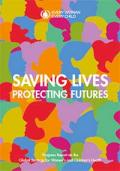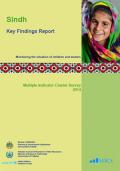Publications on Children
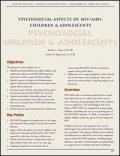
Resource | Publications,
HIV/AIDS takes an enormous physical toll on those infected by the virus as well as those who care for them. However, the psychological toll of the epidemic is just as significant. The psychological and social effects of HIV/AIDS are magnified in young people. Children and adolescents are an ever-growing part of the HIV/AIDS epidemic. In 2004, an estimated 2.2 million children under the age of 15 were living with HIV.
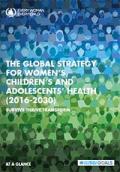
Resource | Publications,
The Global Strategy is intended to inspire political leaders and policy-makers to further accelerate their work to improve the health and well-being of women, children and adolescents. It is also intended as a guide to enable people and communities to drive change, claim their rights and hold leaders to account.

Resource | Publications,
This report is based on 5th round of the Multiple Indicator Cluster Survey, which Mongolia adopted and called the Social Indicator Sample Survey Mongolia (SISS). It provides statistically sound and internationally comparable data essential for developing evidence-based policies and programmes, and for monitoring progress toward national goals and global commitments.

Resource | Publications,
Each year, millions of women and children die from preventable causes. These are not mere statistics. They are people with names and faces. Their suffering is unacceptable in the 21st century. We must, therefore, do more for the newborn who succumbs to infection for want of a simple injection, and for the young boy who will never reach his full potential because of malnutrition. We must do more for the teenage girl facing an unwanted pregnancy; for the married woman who has found she is infected with the HIV virus; and for the mother who faces complications in childbirth.

Resource | Fact Sheets,
To end the AIDS epidemic by 2030, specific—yet flexible—strategies are needed for different age groups, populations and geographical locations. Ending the epidemic among adolescents requires amplifying investments where they can make the most difference and fostering innovation by adolescents and youth themselves, as well as governments, international organizations, civil society and the private sector.
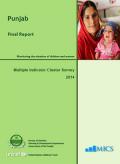
Resource | Publications,
The Punjab Multiple Indicator Cluster Survey (MICS), 2014 is a household survey covering 38,405 households to provide estimates of around 125 indicators for the province, 9 divisions and 36 districts. The results will be used to update indicators used for monitoring the situation of children and women in Punjab.
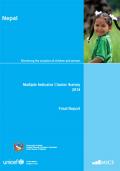
Resource | Publications,
Nepal MICS 2014 provides valuable information and the latest evidence on the situation of children and women in Nepal before the country was hit by an earthquake of 7.8 magnitude on 25 April 2015. The survey presents data from an equity perspective by indicating disparities by sex, region, area, education, household wealth, and other characteristics.
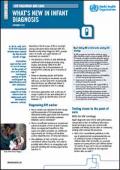
Resource | Fact Sheets,
In 2014, only 50% of all HIV-exposed infants were tested by the second month of age. Innovative approaches such as use of assays at the point-of care and adding virological testing at birth could speed up identification and ART initiation. Operational research to fully inform how to implement such innovations remains critical.






